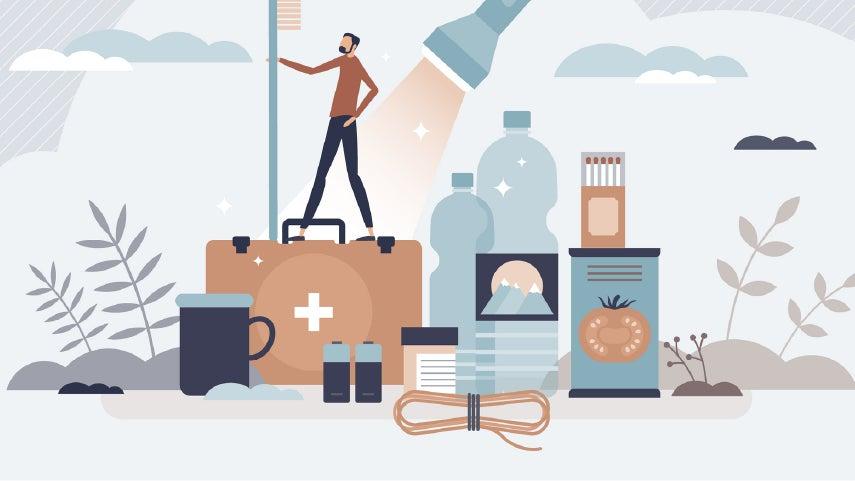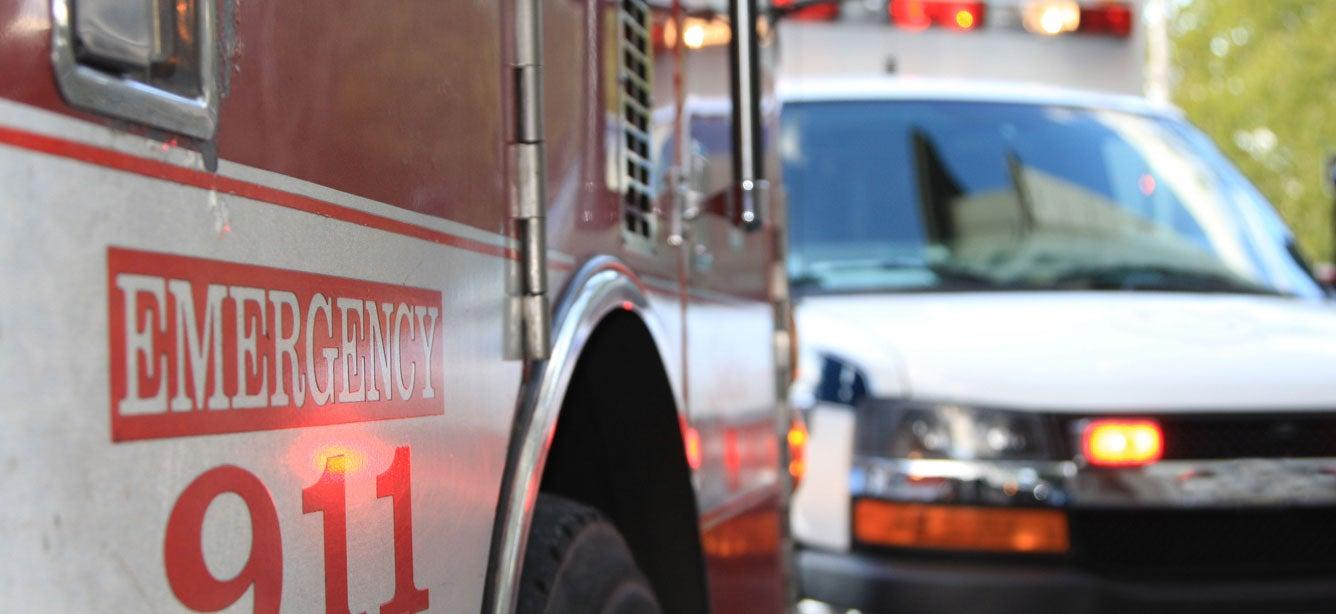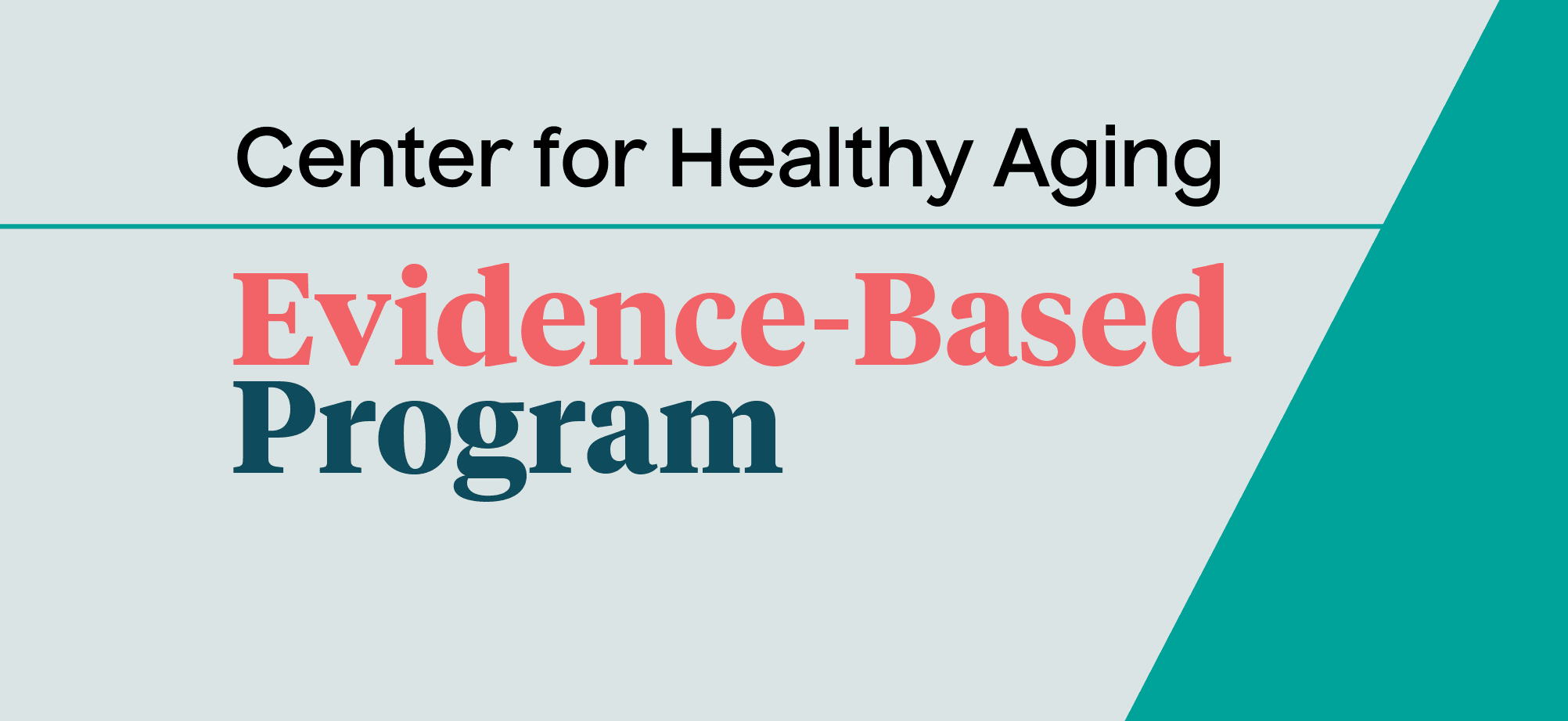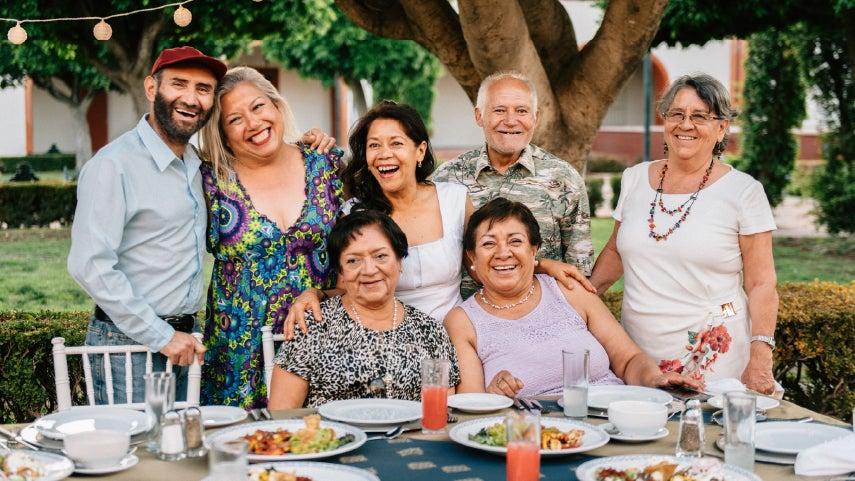Emergency Preparedness for Community-Based Organizations: Delivering Evidence-Based Programs
6 min read

When 40 explosions and 80 fires hit three communties in Massachusetts in 2018 because of excessive pressure buildup in natural gas lines, one person died and 80,000 were displaced. Local community-based organizations (CBOs) had to quickly find housing, with faith-based organizations and schools stepping up to provide shelter. Meals on Wheels, in collaboration with area agencies on aging, and community health workers, played a crucial role in delivering meals and connecting people with necessary resources.
Despite their pivotal role in the community, 94% of CBOs believe a disaster such as the Massachusetts fires and explosions could seriously disrupt their organization, with 15-40% of CBOs ultimately failing following a natural or manmade disaster.1
|
Types of Emergencies | |
|
Natural Disaster Emergencies2 |
Man-made Emergencies2 |
|
Tornadoes |
Active Shooter |
|
Hurricanes |
Hazardous materials |
|
Wildfires |
Medical emergencies |
|
Floods |
|
|
Earthquakes |
|
Why is preparedness important?
Natural or manmade disasters can strike anywhere, at any time. Preparation before an emergency occurs is an important key step in ensuring that staff have the necessary tools and knowledge to keep themselves and others safe during and after an emergency. Preparedness can:1
- Protect and save lives
- Save your organization money
- Ensure staff safety and the safety of those you serve
- Minimize risk of injury
- Minimize property damage
- Improve resource management
- Reduce stress and confusion
How to create an emergency action plan
Different disasters require different plans. It is important to determine the location-specific emergencies that could impact your community and create an emergency action plan (EAP). The Centers for Disease Control and Prevention (CDC) have an EAP template to help you get started.3
An EAP should:2
- Provide a list of emergency reporting and evacuation procedures for various types of emergencies. Be sure to include step-by-step instructions, checklists, evacuation routes, and shelter-in-place procedures.
- Maintain an updated list of emergency contacts, including local emergency services, utility companies, and key personnel within your organization.
- Define the roles and responsibilities of staff, volunteers, and community members in an emergency.
During the planning phase, assess the vulnerabilities of your organization and the communities you serve. Common vulnerabilities among older adults include:
- Mobility issues
- Chronic health conditions
- Cognitive impairments
- Social isolation
As a community-based organization, consider how you will resume providing evidence-based programs following the event and ensure that community members are connected with essential services. Consider tailoring your programming to target specific health issues that may have been exacerbated by the disaster, such as mental health challenges, chronic disease management, or environmental health concerns. Disaster events often trigger end-of-life discussions. CBOs are instrumental in providing a supportive environment, reassuring individuals that they are cared for and that the community is concerned about their well-being.
Physical, operational, and logistical vulnerabilities—like structural damage, equipment failures, and staff shortages—can significantly disrupt your organization’s operations. Consider mitigation strategies that can lessen the impact of natural disasters and emergencies. Cross-train individuals and brainstorm how to backfill key staff members' roles to ensure your CBO can operate. Create a facility safety checklist and ensure your facility's foundation, roof, and other key structures are regularly inspected to spot and fix potential problems4. Address regular wear and tear early and repair minor issues before they worsen.
The importance of communication
Communication is crucial before, during, and after a disaster event. Establish a plan to maintain communications between your organization’s management, staff, program participants, and other important stakeholders. Ready, a national public service campaign focused on emergency preparedness, has a communications plan template to help you get started.5,6 It can be saved as an editable PDF, allowing you to go back and update it as needed.
When establishing a communications plan, consider the following:6
- Develop and regularly update an emergency contact list for staff, interns/volunteers, and community members.
- Create message templates for different scenarios and include key information: what happened, what to do, and where to find more information.
- Ensure that your communications and evidence-based programming remain accessible to all community members, including those with disabilities or language barriers.
- Establish primary and secondary communication channels (e.g., email, social media, text messages, physical notices, internal communication platforms) to ensure information can be disseminated quickly
- Set up systems for sharing real-time information with internal (staff, management, volunteers) and external stakeholders (program participants, emergency services, local authorities).
Build your disaster response network
CBOs can significantly enhance their emergency preparedness by participating in local disaster collaboratives. Many local counties have coalitions of nonprofits, government agencies, businesses, and community members working together to prepare for and respond to disasters. Unfortunately, research involving interviews with 112 AAAs and 1,595 senior centers and nutrition sites revealed that most do not have established partnerships with emergency response providers.
The Federal Emergency Management Agency (FEMA) has state and local-level referral lists of community leaders and organizations that work with the local government to provide on-the-ground emergency management7. Consider joining or contacting your local Community Emergency Response Team (CERT) to gain community-specific insights and valuable skills to help you and your community prepare8. CERTs empower local community members to assist their communities during times of need and are often the first line of defense when a disaster strikes.
Review, test, and improve
Once your CBO has developed an emergency action plan, regularly conduct emergency drills and exercises to test and refine your plans. Conduct an after-action review after an emergency or drill to assess what worked, what didn’t, and what improvements can be made.
Consider conducting training drills after:1
- Development of the initial plan
- Hiring of new staff
- Introduction of new equipment/materials or processes that affect evacuation routes
- Changes to the layout or design of your facility
- Revision or updating of emergency procedures.
Reflect on potential improvements to your evidence-based programs. Update educational materials, communications, and programming based on lessons learned to address any gaps (such as challenges in reaching or engaging certain populations) and incorporate new knowledge. Emphasize strategies that proved successful and identify those that were less effective. Also, invite community members to share their feedback on how the delivery of evidence-based programs can be improved in the future.
Promote preparedness by offering incentives to encourage staff to pursue additional training (like CERT, First Aid/AED, Basic Life Support, mental health first aid, etc.). September is National Preparedness Month. Take this time to educate your community about emergency preparedness, inspire them to develop personal emergency action plans, and assist them in putting together essential emergency kits.
Coping with disasters
Disaster events, whether natural or man-made, have profound impacts on mental health. It’s important to ensure both you and your staff are well-supported during emergencies. Recognize the signs of disaster-related stress, which include:2
- Difficulty sleeping
- Increased use of drugs/alcohol
- Low threshold of frustration
- Poor work performance
- Headaches/stomach problems
- Difficulty concentrating
- Depression, sadness, feelings of hopelessness
- Mood swings and bouts of crying
Addressing both the immediate and long-term effects of a disaster event is crucial for recovery. Ensuring access to mental health support, encouraging self-care, and fostering community resilience are key components in helping individuals and their communities recover and rebuild.
Sources
1. Federal Emergency Management Agency. Organizations Preparing for Emergency Needs (OPEN). Found on the internet at FEMA Preparedness Community. https://community.fema.gov/PreparednessCommunity/s/open-training?language=en_US
2. United States Air Force. Air Force Emergency Preparedness Guide: Air Force Be Ready. September 2017. Found on the internet at https://www.beready.af.mil/Portals/66/documents/Adults/AFD-110629-034.pdf?ver=2018-05-04-143215-453
3. Centers for Disease Control and Prevention. Emergency Action Plan (Template). Found on the internet at https://www.cdc.gov/niosh/docs/2004-101/emrgact/files/emrgact.pdf
4. City of Bloomington Minnesota. Emergency preparedness toolkit for community-based organizations. 2023. Found on the internet at https://www.bloomingtonmn.gov/ph/emergency-preparedness-toolkit-community-based-organizations
5. Ready.gov. Plan ahead for disasters. Found on the internet at https://www.ready.gov/
6. Ready.gov. Make a plan form. Found on the internet at https://www.ready.gov/plan-form
7. Federal Emergency Management Agency. State and local level referral lists. Updated April 2022. Found on the internet at https://www.fema.gov/assistance/individual/disaster-survivors/state-local-referral-lists
8. Federal Emergency Management Agency. Find a CERT training program near me. FEMA Preparedness Community. Found on the internet at https://community.fema.gov/PreparednessCommunity/s/cert-find-a-program?language=en_US




